อุทยานแห่งชาติ Uluru-Kata Tjuta
เที่ยว อุทยานแห่งชาติ Uluru-Kata Tjuta
สถานที่ยอดนิยม
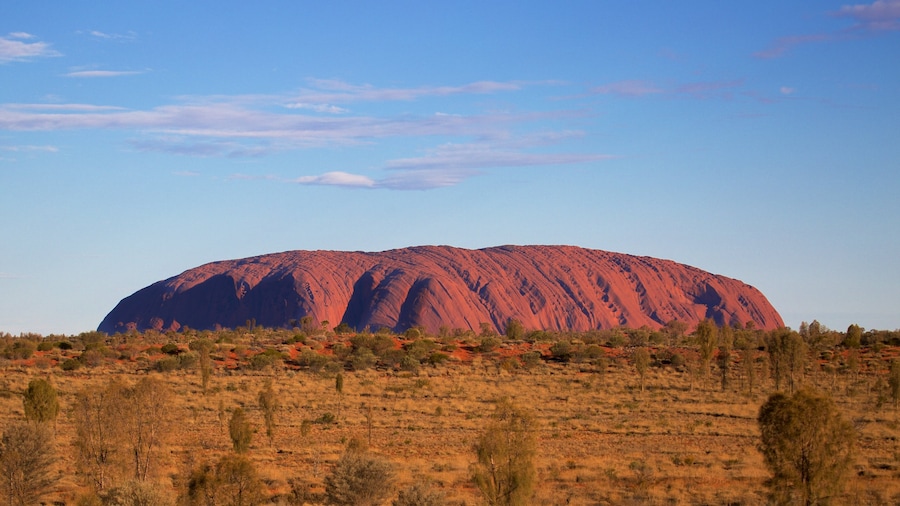
อูลูรู
ตื่นตาตื่นใจกับทะเลทราย และสำรวจพื้นที่สีเขียวขึ้นชื่อใน ปีเตอร์แมนน์ อย่าง อูลูรู พบความอร่อยที่ร้านอาหารชั้นนำ หรือลองกิจกรรมเด่นๆ อย่างทัวร์ท้องถิ่นในย่านที่มีวัฒนธรรมโดดเด่นแห่งนี้ดู
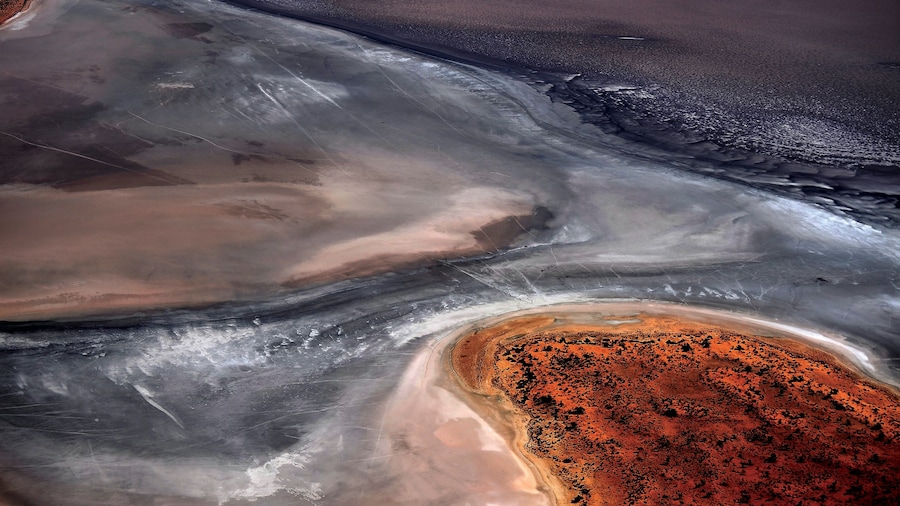
อุทยานแห่งชาติ Uluru-Kata Tjuta
เที่ยวสนุกกลางแจ้งที่ อุทยานแห่งชาติ Uluru-Kata Tjuta พื้นที่สีเขียวแสนสวยใน ปีเตอร์แมนน์ พบความมหัศจรรย์ของพระอาทิตย์ขึ้นและทะเลทรายได้ในย่านนี้
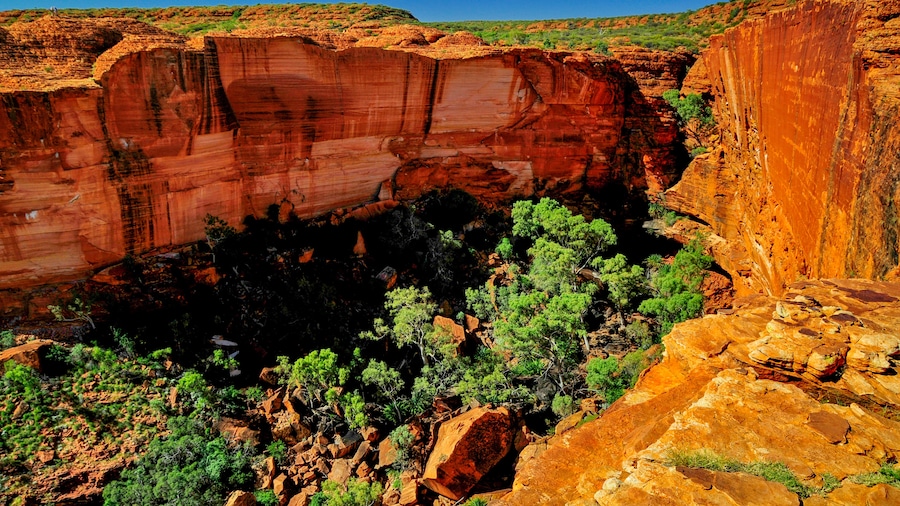
อุทยานแห่งชาติ Watarrka
เที่ยวสนุกกลางแจ้งที่ อุทยานแห่งชาติ Watarrka พื้นที่สีเขียวแสนสวยใน ปีเตอร์แมนน์ จะไปสปาหรือร้านอาหารชั้นนำในย่านนี้ก็การันตีความประทับใจ
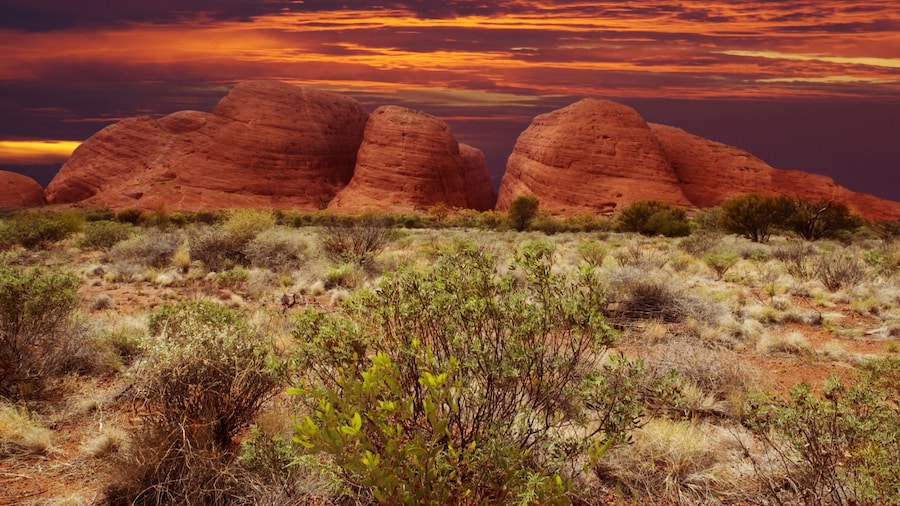
Kata Tjuta
คุณก็ซึมซับประวัติความเป็นมาของ ปีเตอร์แมนน์ ได้ เพียงเดินทางไป Kata Tjuta ตื่นตาตื่นใจกับทะเลทรายได้ในย่านที่เหมาะสำหรับครอบครัวแห่งนี้ หรือจะลองกิจกรรมน่าสนใจอย่างทัวร์ท้องถิ่นก็ได้เช่นกัน
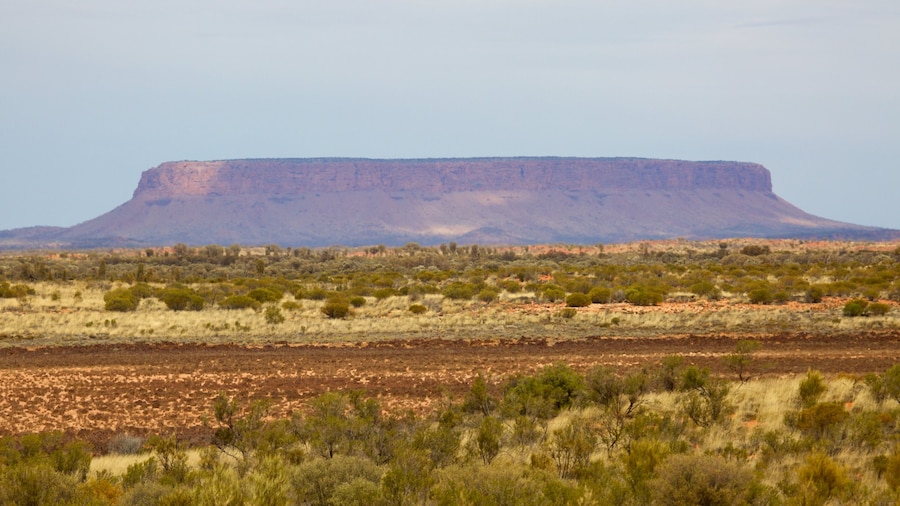
เมาต์คอนเนอร์
ใกล้ชิดธรรมชาติและเพลิดเพลินกับกิจกรรมกลางแจ้งที่ เมาต์คอนเนอร์ เมื่อมีทริปไป ปีเตอร์แมนน์ มาที่นี่แล้วไปเดินชมธรรมชาติดูสิ

พื้นที่สงวนชาวพื้นเมืองคาทิติปีเตอร์มันน์
เที่ยวสนุกกลางแจ้งที่ พื้นที่สงวนชาวพื้นเมืองคาทิติปีเตอร์มันน์ พื้นที่สีเขียวแสนสวยใน ปีเตอร์แมนน์ พบความมหัศจรรย์ของทะเลทรายและพระอาทิตย์ขึ้นได้ในย่านนี้
ข้อเสนอสำหรับโรงแรมยอดนิยม
ดูห้องว่างที่โรงแรมใกล้ อุทยานแห่งชาติ Uluru-Kata Tjuta





